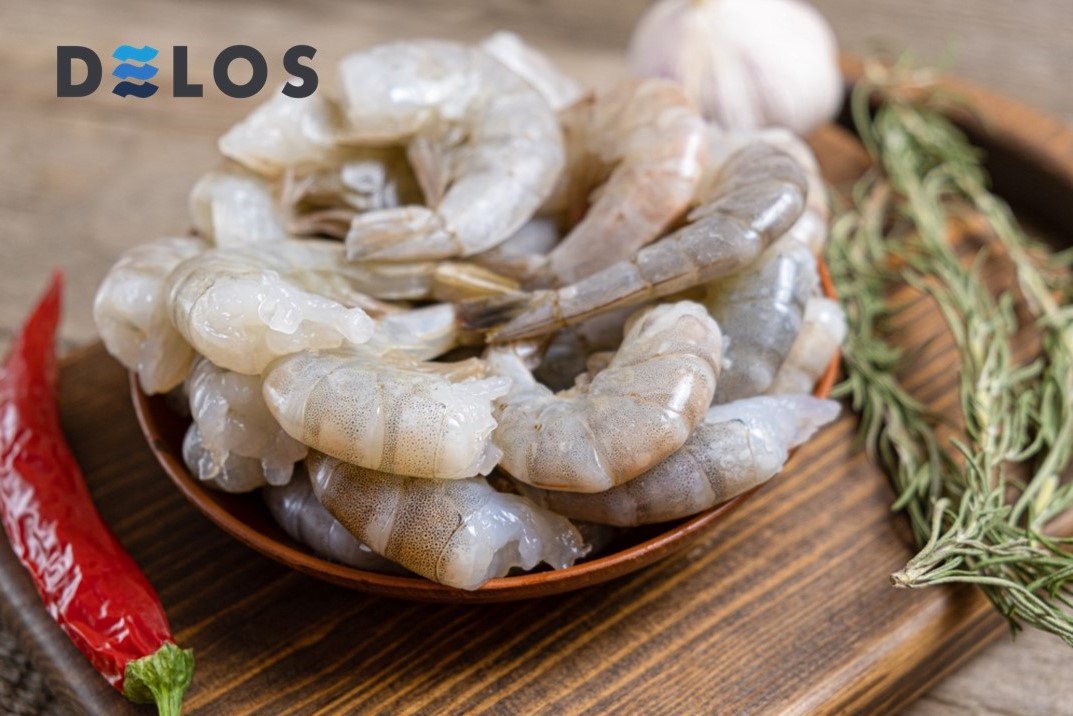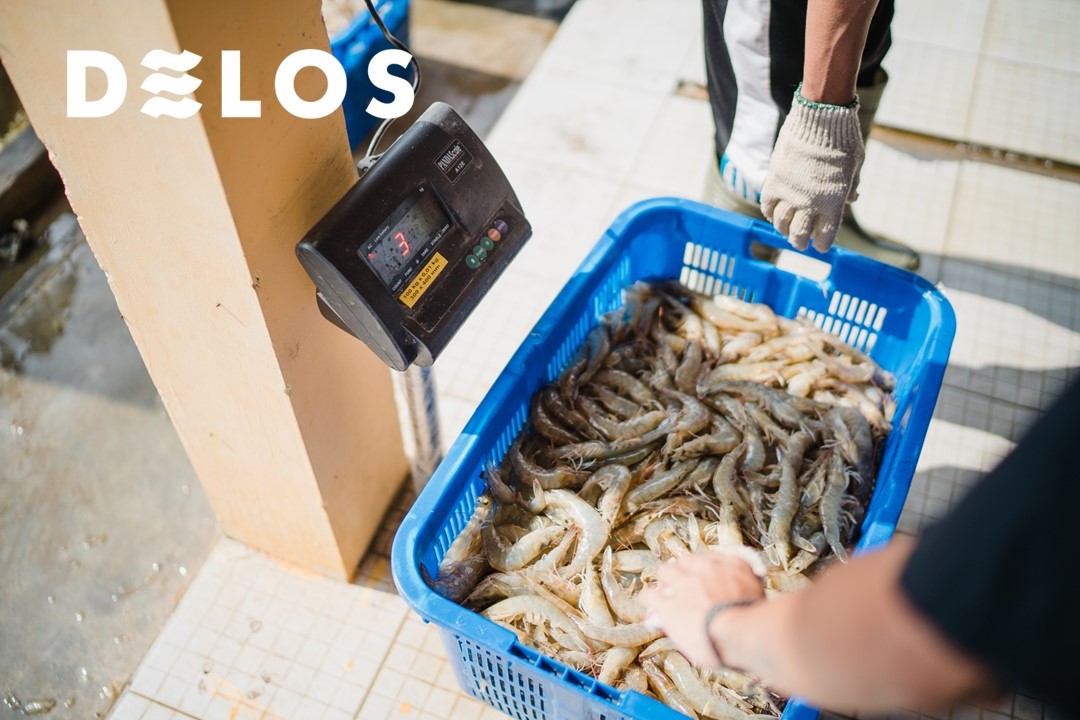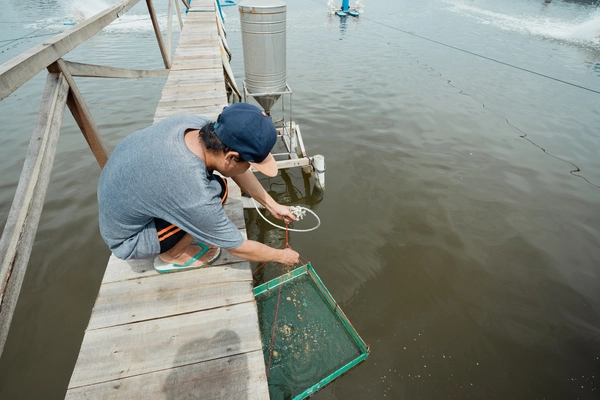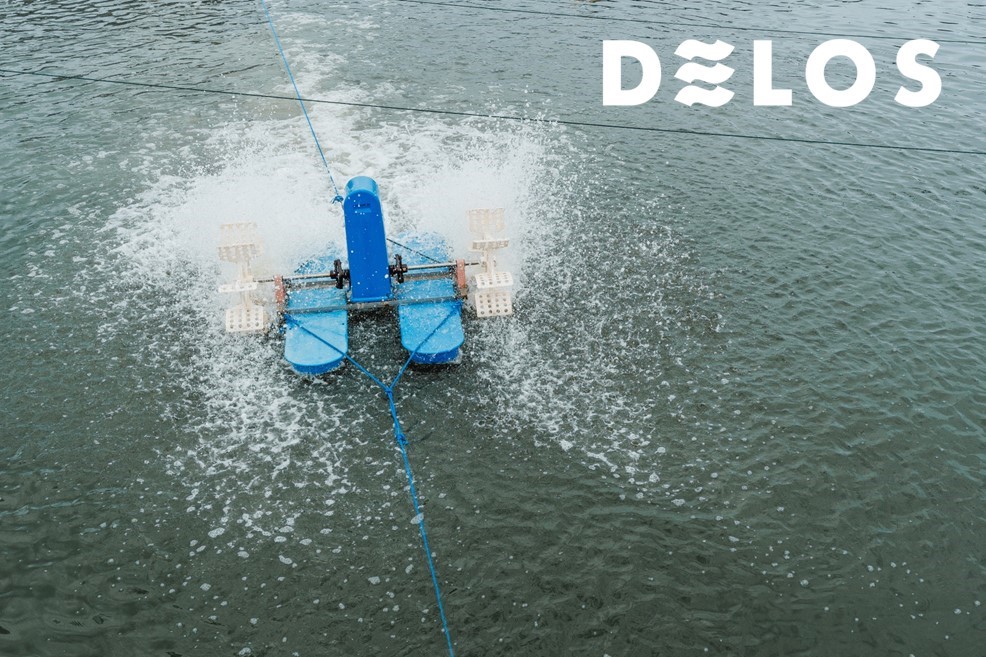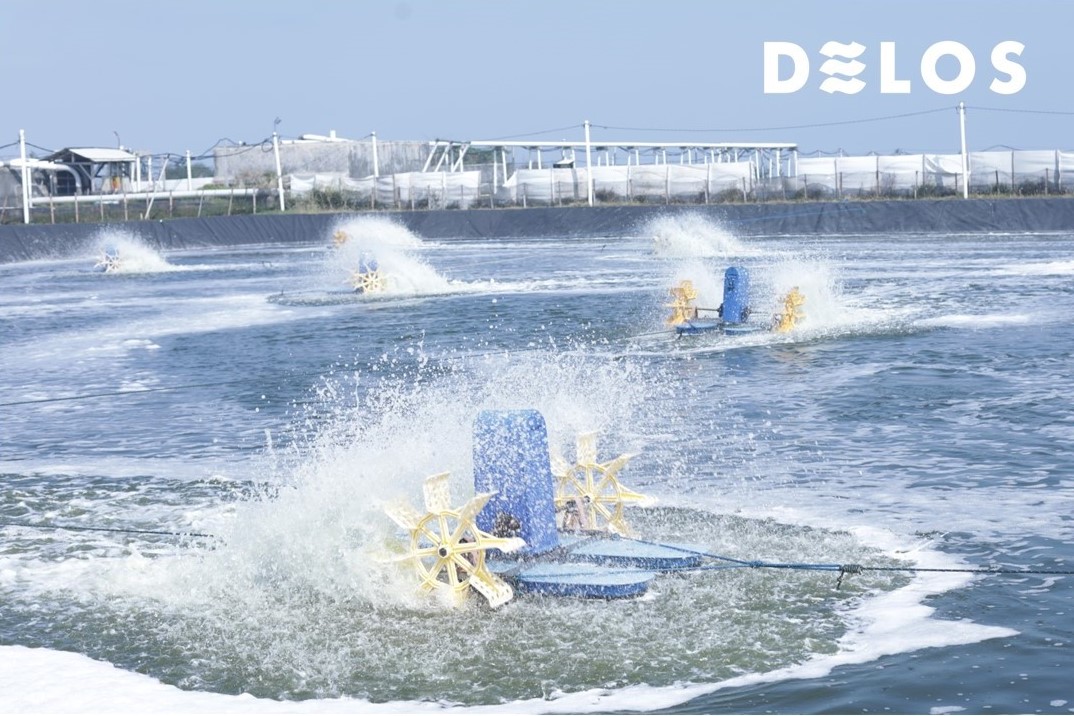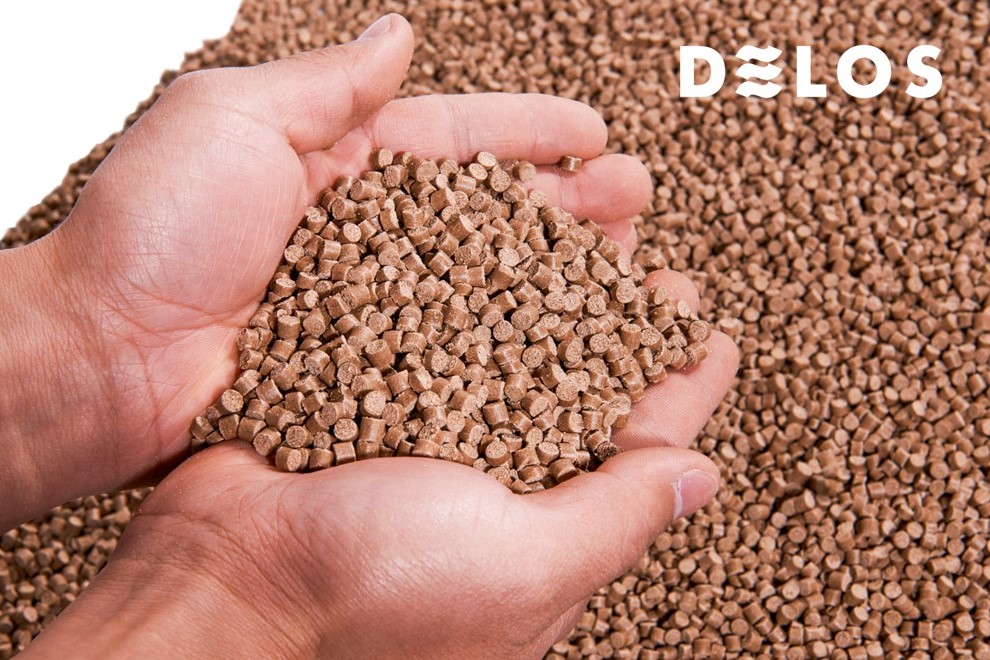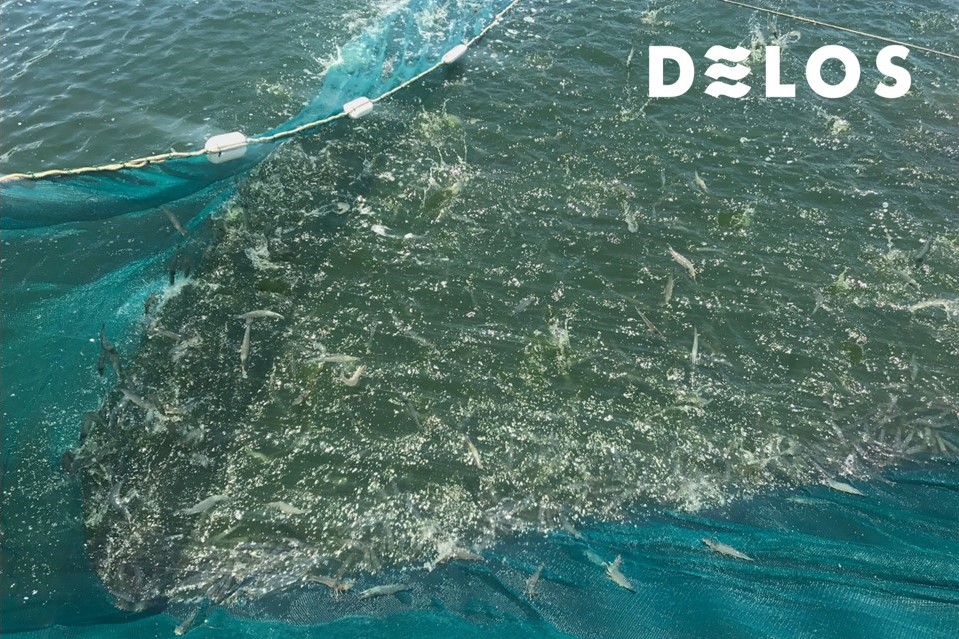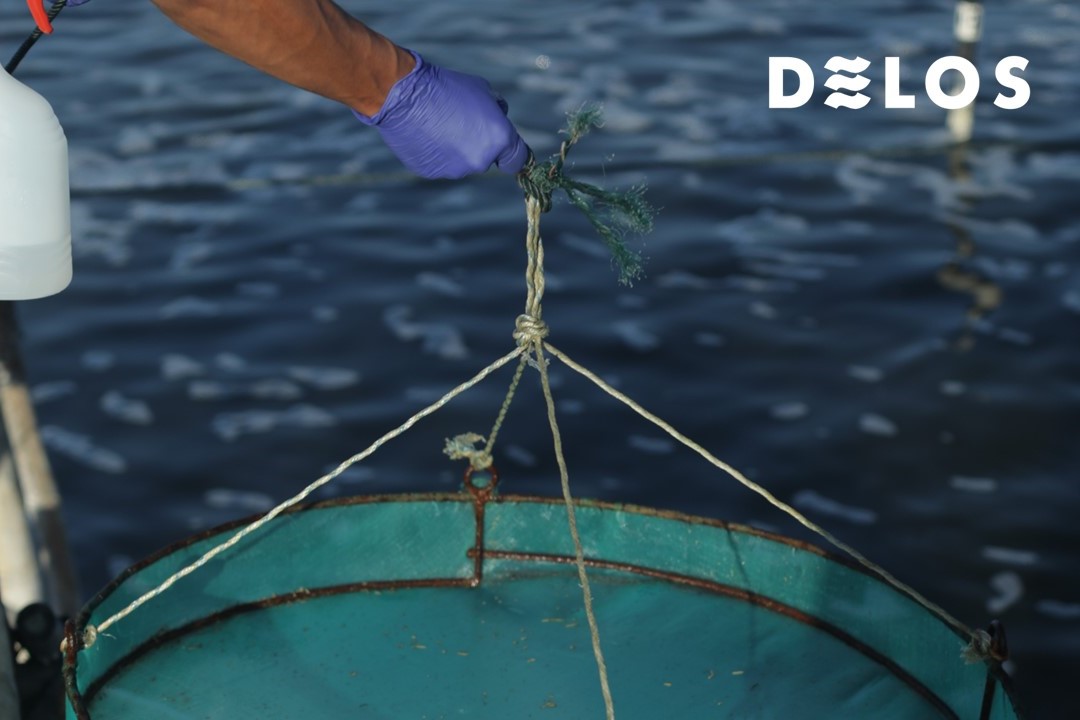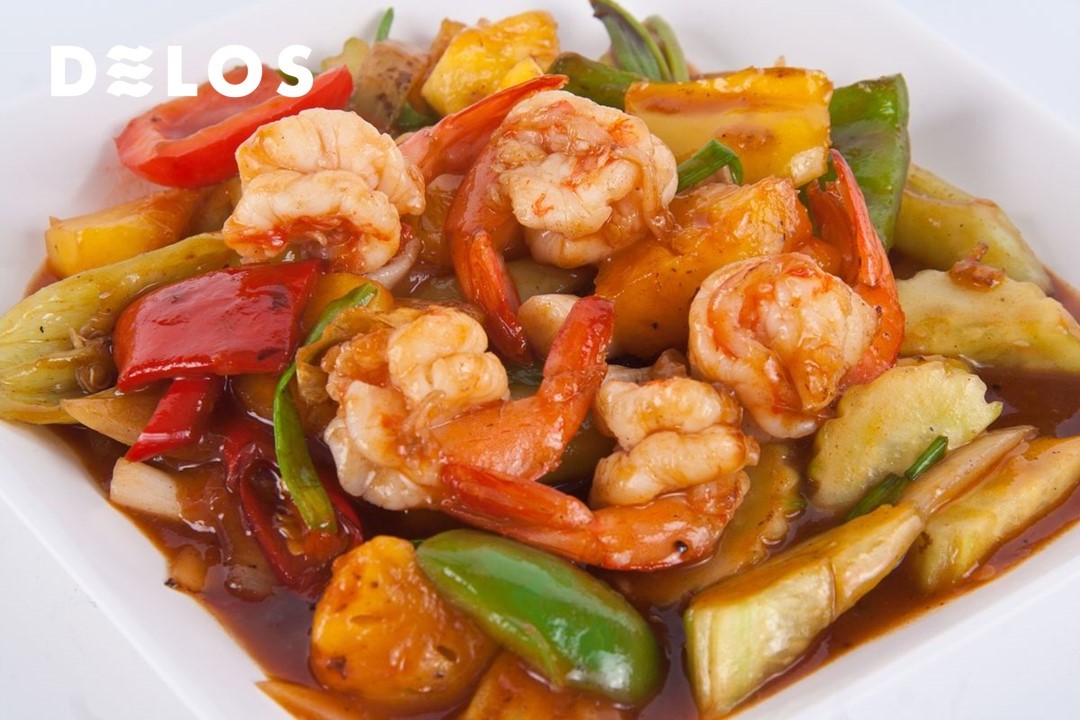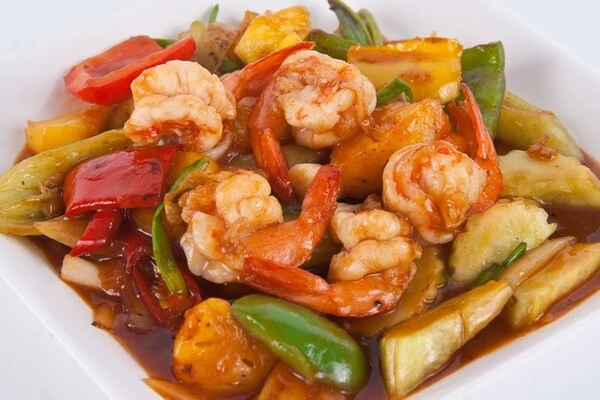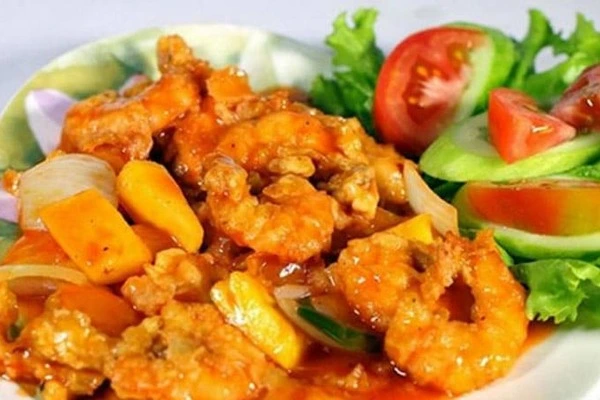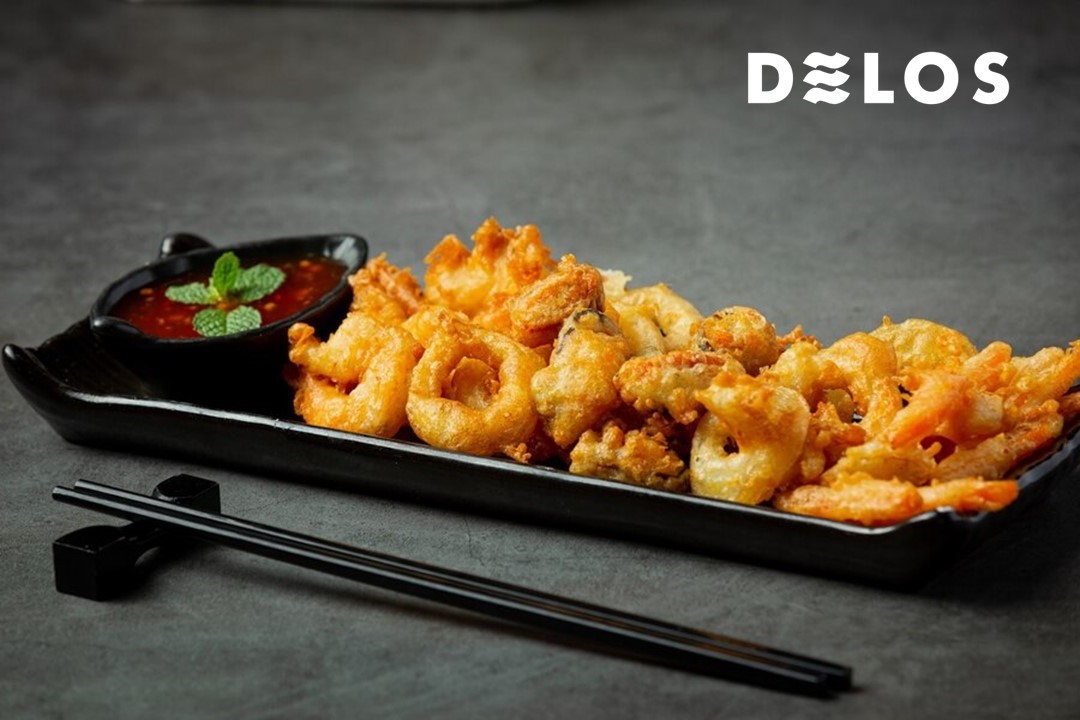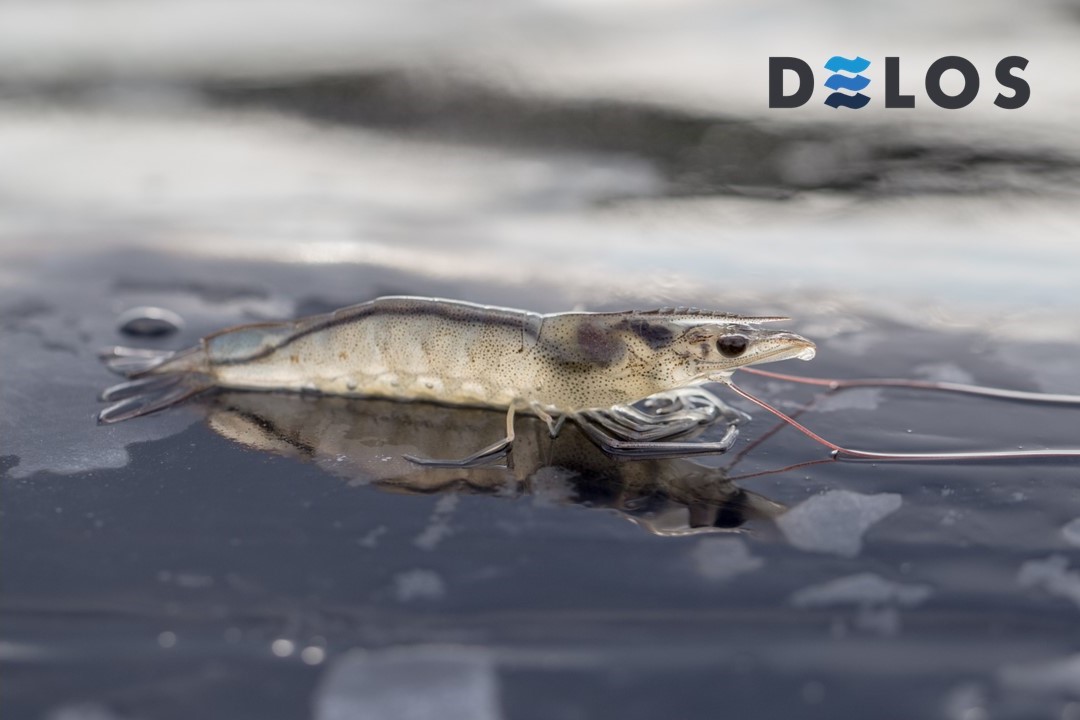5 Ways to Process Shrimp to Avoid a Fishy Flavor when Cooking
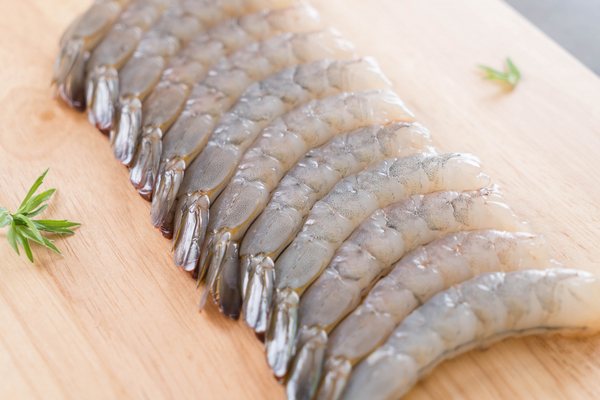
Shrimp is one of the mainstay menus that are offered in various places to eat. It’s not surprising because this seafood tastes delicious if the method of cooking and processing shrimp is done correctly.
Not only that, but shrimp also has a myriad of health benefits. So for those of you who are connoisseurs of processed shrimp, you will not only get food that spoils your tongue but is also beneficial for your body’s health.
But remember, to get the benefits of consuming shrimp, you must know how to process shrimp first. Here we have summarized it for you.
Also Read: 3 Family Favorite Sweet and Sour Shrimp Recipes
How to Process Shrimp So It’s Not Fishy
1. Get Fresh Shrimp
Before knowing how to process shrimp, you must first buy fresh shrimp of the highest quality. Choose shrimp with a firm texture and a distinctive aroma. Because this is a sign of good quality shrimp.
If you buy frozen shrimp, make sure the shrimp are stored in the freezer, packed tightly, and have no signs of damage to the packaging.
2. How to Clean Shrimp
If you buy frozen shrimp, before cleaning them, you must first defrost them. An easy way to thaw frozen shrimp can be done by placing the shrimp in a bowl of cold water for about 20 minutes.
Meanwhile, if the shrimp you buy are fresh, you can immediately clean them. Cleaning shrimp can be done by removing the head and legs of the shrimp.
Then use a sharp knife to make shallow cuts along the back of the prawns, then remove the veins. After that, rinse the shrimp thoroughly with clean water and drain.
3. How to Peel the Shrimp
After removing the legs and head and cleaning the shrimp veins, the next step is peeling the shrimp skin. You can start by holding the shrimp’s body and carefully pulling the shell, so the shrimp meat doesn’t get crushed.
However, if you like shrimp with the shell on, you can skip this step and leave the shell on the shrimp.
4. Add Lime Juice
Just like seafood in general, shrimp also has a distinctive fishy smell. Therefore, how to process shrimp, so they are not fishy can be done by adding lime juice which can help disguise the fishy smell.
When adding the lime juice, don’t forget to let it rest for 10 to 15 minutes so that the fishy smell of the shrimp completely disappears.
5. Don’t Cook Shrimp for Too Long
After the shrimp are cleaned perfectly, the following way to process the shrimp is to ensure that the shrimp are not overcooked or cooked too long. This is because cooking shrimp for too long can remove the nutrients and make the shrimp meat tough.
Also Read: Easy Crispy Fried Shrimp Recipes To Cook At Home
Fulfill Your Shrimp Needs With DELOS AquaLink!
For a long time, prawns have been a favorite seafood menu for many people. Both when eating at a restaurant or cooking it yourself at home. However, if you cook it yourself at home, you must process the shrimp properly so that their nutrients are not lost.
DELOS is the right answer for you if you need a supply of the best quality shrimp at an affordable price.
Through DELOS AquaLink, you can get shrimp at the best price and unquestionable quality. We can also help you provide other pond needs, such as medicines, feed, logistics, etc.
To become part of AquaLink, contact DELOS directly via contact@delosaqua.com or submit via the contact column on our website www.delosaqua.com. Let’s partner up!

